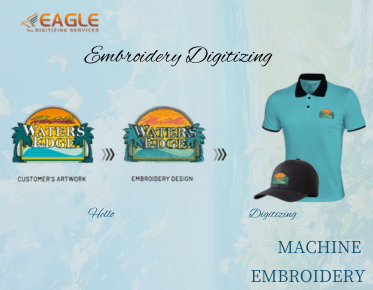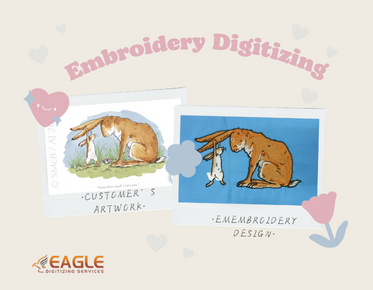Selecting Suitable Embroidery Fabrics and Threads Based on Design Requirements and Embroidery Techniques
Embroidery is a timeless art form that has been cherished for centuries. It involves the intricate stitching of threads onto fabric to create beautiful designs. The choice of embroidery fabrics and threads is crucial in achieving the desired outcome for any project. Whether you're a beginner or an experienced embroiderer, understanding the different types of fabrics and threads available can significantly impact the quality and appearance of your work.
When selecting fabrics for embroidery, it's essential to consider the design requirements and the techniques you plan to use. The fabric serves as the canvas for your artwork, and its characteristics can influence the final result. For instance, a tightly woven fabric like linen or cotton is ideal for detailed designs, while a looser weave like burlap may be better suited for more rustic or abstract patterns. Additionally, the choice of embroidery design can dictate the type of fabric needed, as some designs require more stability and support than others.
Understanding Fabric Types for Embroidery
The type of fabric you choose can affect the ease of stitching and the overall look of your embroidery. Common fabrics used in embroidery include cotton, linen, silk, and wool. Each of these materials has unique properties that make them suitable for different types of embroidery. Cotton is a versatile fabric that is easy to work with and is available in various weights and textures. Linen, known for its strength and durability, is perfect for heirloom-quality projects. Silk, with its luxurious sheen, adds elegance to any design, while wool provides warmth and texture.
Choosing the Right Threads for Your Embroidery
Just as important as the fabric is the choice of threads. Embroidery threads come in a wide range of materials, including cotton, silk, rayon, and metallic. The type of thread you select can influence the texture, color, and durability of your embroidery. Cotton threads are popular for their softness and ease of use, making them ideal for beginners. Silk threads offer a lustrous finish and are perfect for intricate designs. Rayon threads provide a vibrant sheen and are often used in machine embroidery, while metallic threads add sparkle and dimension to your work.
Matching Threads to Fabric
When matching threads to fabric, consider the weight and texture of both materials. A heavy fabric may require thicker threads to ensure the stitches are visible and secure. Conversely, a delicate fabric may benefit from finer threads to prevent damage and maintain the fabric's integrity. Additionally, the color of the thread should complement the fabric, enhancing the overall design without overpowering it.
Embroidery Techniques and Their Impact on Fabric and Thread Selection
Different embroidery techniques can also influence the choice of fabrics and threads. Techniques such as cross-stitch, crewel, and needlepoint each have specific requirements that can affect the materials used. Cross-stitch, for example, is often done on Aida cloth, a fabric with an even weave that makes it easy to count stitches. Crewel embroidery, which uses wool threads, is typically done on linen or cotton twill. Needlepoint, known for its intricate patterns, requires a sturdy canvas to support the dense stitching.
Adapting to Modern Embroidery Trends
As embroidery continues to evolve, modern trends have introduced new materials and techniques that expand the possibilities for fabric and thread selection. For instance, the use of mixed media, such as incorporating beads or sequins, can add texture and interest to traditional embroidery. Additionally, advancements in embroidery digitizing technology have made it easier to create complex designs with precision and accuracy.
Conclusion
Selecting the right fabrics and threads for your embroidery projects is a critical step in achieving the desired outcome. By understanding the properties of different materials and how they interact with various embroidery techniques, you can create stunning designs that showcase your skills and creativity. Whether you're working on a simple cross-stitch or an elaborate needlepoint, the right combination of fabric and thread can make all the difference. Eagle Digitizing excels in providing professional embroidery digitizing services, ensuring every design is crafted with unmatched precision.



